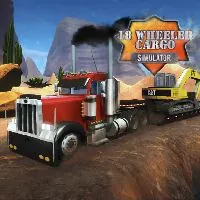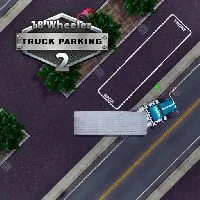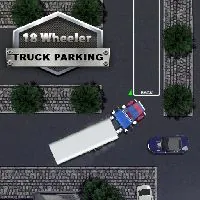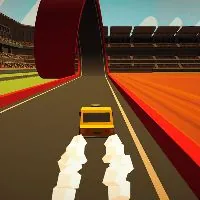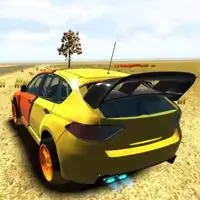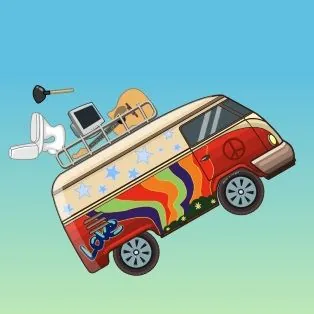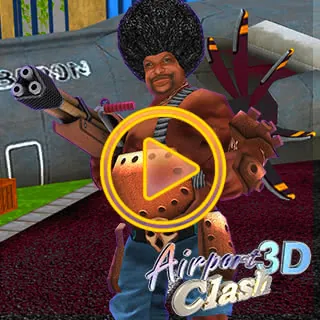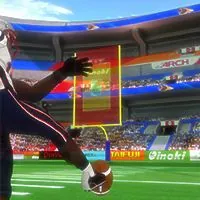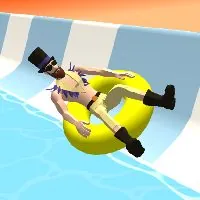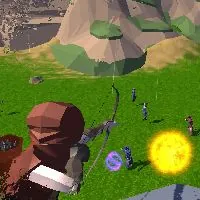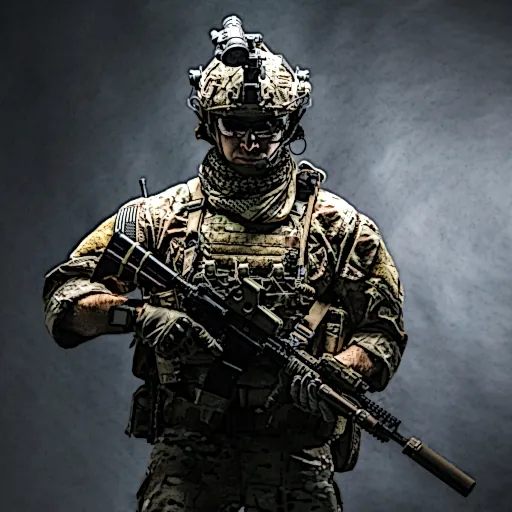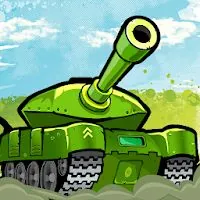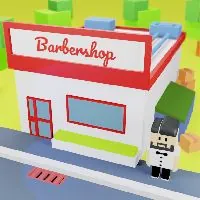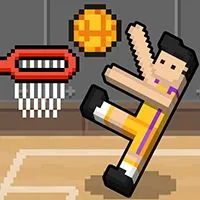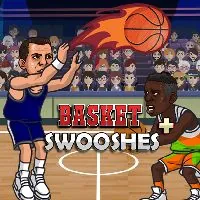HORSE SHOEING
SIMILAR GAMES
Description
Horse Shoeing - CGUB
About Horse Shoeing - CGUB
We are delighted to present an in-depth exploration of Horse Shoeing, a captivating experience available on our platform. We understand the dedication and skill involved in equine care, and this game offers a unique perspective into the intricate art of farriery. Players are invited to engage with the fundamental aspects of preparing and applying horseshoes, a critical practice for the health and performance of these magnificent animals. Our aim is to provide an educational and enjoyable simulation that highlights the importance of proper hoof care and the role of the farrier. Through engaging gameplay, we aim to demystify the process and showcase the precision required in every step.
The Essential Role of the Farrier
The farrier is more than just a blacksmith for horses; they are a skilled artisan and a vital member of the equine health team. Their responsibilities extend far beyond simply nailing a piece of metal to a hoof. A proficient farrier possesses a deep understanding of equine anatomy, biomechanics, and pathology. They are trained to diagnose and treat a wide range of hoof-related ailments, from common issues like cracks and bruises to more complex conditions such as laminitis and navicular disease. The farrier’s work directly impacts a horse's comfort, soundness, and ability to perform its intended tasks, whether that be athletic competition, pleasure riding, or working. The practice of horse shoeing demands a unique blend of strength, dexterity, and keen observation.
Anatomy of the Equine Hoof
To truly appreciate the art of horse shoeing, it is imperative to understand the complex structure of the equine hoof. The hoof is a marvel of natural engineering, designed to support the immense weight of the horse and withstand the pressures of locomotion. At its core, the hoof capsule is composed of specialized keratin, the same protein found in human fingernails and hair, but much denser and tougher. This capsule encases the sensitive inner structures, including the pedal bone (coffin bone), the laminae (which suspend the pedal bone within the hoof), and various tendons and ligaments.
- The Hoof Wall: This is the visible, hard outer layer of the hoof. It is divided into the toe, quarters, and heels. The hoof wall grows continuously from the coronary band at the top.
- The Sole: Located beneath the hoof wall, the sole is typically concave and provides protection to the underlying structures. It is less dense than the hoof wall and is not meant to bear direct weight on hard surfaces.
- The Frog: A triangular, fleshy structure located on the underside of the hoof, between the sole and the heels. The frog acts as a natural shock absorber and plays a crucial role in circulation within the hoof.
- The Coronary Band: Situated at the top of the hoof, where the hoof meets the skin of the leg. This is the growth center for the hoof wall.
- The Sensitive Laminae: An intricate network of interlocking tissues that attach the hoof wall to the pedal bone. This is a highly sensitive area, and damage here can cause significant pain and lameness.
Understanding these components is fundamental for any farrier, as their work directly influences the health and function of these delicate structures.
Why Horses Need Shoeing
While wild horses and horses in natural, soft environments may wear their hooves down at a rate that keeps them naturally trimmed, domesticated horses often require artificial shoeing. Several factors contribute to this necessity:
- Increased Workload: Horses used for riding, racing, or work endure significantly more stress on their hooves than their wild counterparts. This intense activity can lead to accelerated wear, potentially exceeding the rate of natural growth.
- Terrain: Riding on abrasive surfaces such as gravel, asphalt, or hard-packed trails can cause hooves to wear down much faster.
- Conformation and Hoof Quality: Some horses naturally have weaker hoof walls or poor hoof quality due to genetics, diet, or environmental factors. These horses are more susceptible to chipping, cracking, and excessive wear.
- Therapeutic Needs: Horses suffering from specific hoof ailments or injuries may require specialized shoes designed to correct gait abnormalities, provide support, or relieve pressure on injured areas.
In essence, horse shoeing is a preventative and corrective measure to maintain the horse’s soundness and ensure its well-being under the demands of domestication.
The Process of Horse Shoeing: A Step-by-Step Guide
The art of horse shoeing is a multi-faceted process that requires skill, patience, and a thorough understanding of the horse. We aim to replicate this intricate process within our game simulation, allowing players to experience the dedication involved.
Preparation of the Hoof
The initial and arguably most crucial step in shoeing is the preparation of the hoof. This involves cleaning, trimming, and shaping the hoof to create a stable and balanced platform for the shoe.
- Cleaning the Hoof: The farrier begins by thoroughly cleaning the hoof, removing any dirt, debris, or old shoe remnants. A hoof pick is used to clean out the sole and frog.
- Trimming the Hoof: Using hoof nippers, the farrier trims the hoof wall to its appropriate length. The goal is to remove excess hoof growth and establish a level bearing surface, mimicking the natural angle of the horse's leg. This requires careful measurement and a keen eye for balance.
- Rasping: A hoof rasp is then used to smooth the trimmed hoof wall and create a perfectly level surface for shoe application. The rasp also helps to bevel the edges of the hoof wall, ensuring the shoe sits flush and does not cause irritation.
This meticulous preparation ensures that the hoof is healthy, balanced, and ready to receive the shoe, which is paramount for the horse’s comfort and soundness.
Forging and Shaping the Horseshoe
While pre-made shoes are available, many farriers prefer to forge their own shoes, shaping them to the specific needs of each individual horse. This is where the blacksmithing aspect of farriery comes into play.
- Selecting the Stock: The farrier selects a bar of steel or aluminum of appropriate size and shape for the horse’s hoof.
- Heating the Shoe: The metal bar is heated in a forge until it is malleable and glowing red.
- Hammering and Shaping: Using a hammer and anvil, the farrier meticulously shapes the hot metal into the desired horseshoe. This process requires significant strength and precision, bending and manipulating the metal to match the contours of the prepared hoof. The farrier must account for the hoof’s width, length, and any specific needs for corrective shoeing.
- Fitting the Shoe: The shaped shoe is then carefully fitted to the hoof. This is often done hot, where the shoe is placed on the hoof to mark precise areas for further shaping or to create a perfect fit. The farrier looks for even contact and checks for any high spots.
- Punching Nail Holes: Once the shoe is perfectly shaped and fitted, nail holes are punched along the hoof surface of the shoe, strategically placed to ensure secure attachment without compromising the sensitive inner structures.
This forging process is an art form, allowing for complete customization to optimize the hoof’s health and the horse’s performance.
Applying the Horseshoe
The final stage involves securely attaching the shaped horseshoe to the hoof.
- Cooling the Shoe: After forging and fitting, the shoe is typically quenched in water to cool it down.
- Positioning the Shoe: The farrier positions the cooled shoe onto the prepared hoof, ensuring it is centered and aligned correctly.
- Nailing the Shoe: Small, specialized nails called ‘hobnails’ are driven through the pre-punched holes in the shoe and into the hoof wall. The farrier must carefully angle the nails to avoid the sensitive laminae, drawing them upwards through the hard hoof wall.
- Turning the Clinch: Once the nails are securely in place, the protruding ends are bent over and hammered down to form a ‘clinch’. This securely fastens the shoe to the hoof.
- Filing and Finishing: Any sharp edges or protruding nail points are filed smooth to prevent injury to the horse or handler. The farrier may also trim and smooth the hoof wall further to create a neat finish.
The result is a securely fitted horseshoe that protects the hoof, provides proper support, and enhances the horse’s mobility.
Types of Horseshoes and Their Applications
The world of horse shoeing encompasses a variety of shoe types, each designed for specific purposes and conditions. Understanding these variations is key to providing optimal care for different horses.
Standard Steel and Aluminum Shoes
These are the most common types of shoes. Steel shoes are durable and offer excellent protection, making them ideal for workhorses and horses in heavy competition. Aluminum shoes are lighter, which can be advantageous for performance horses where weight is a critical factor, such as in racing.
Bar Shoes
Bar shoes are characterized by a continuous rim that forms a solid bar across the entire foot. These are often used to provide support to the entire hoof or to relieve pressure from specific areas, such as the heel. They are particularly useful for horses with navicular syndrome or other heel-related pain.
Egg Bar Shoes
Similar to bar shoes, egg bar shoes extend further back beyond the heel. This design provides increased support to the frog and the caudal (rear) part of the hoof, offering significant relief for horses with certain lameness issues.
Therapeutic and Corrective Shoes
This category includes a wide array of specialized shoes designed to address specific lameness conditions or conformational defects. Examples include:
- Glue-on Shoes: For horses with brittle hoof walls or where nailing is not advisable, shoes can be adhered using specialized adhesives.
- Trapezoid Shoes: Designed to alter the breakover point of the hoof, assisting horses with certain gait abnormalities.
- Heart Bar Shoes: A specific type of therapeutic shoe that has a section of metal extending from the heels to cradle the frog, often used for severe laminitis cases to redistribute pressure.
The farrier’s expertise is crucial in selecting and applying the appropriate shoe to meet the individual needs of each horse.
The Importance of Regular Farrier Visits
Consistent and regular farrier care is not a luxury; it is a fundamental aspect of maintaining a horse’s health and longevity. We advocate for understanding the necessity of routine care in our simulation.
- Preventing Overgrowth: Hooves grow continuously. Without regular trimming and shoeing, hooves can become overgrown, leading to imbalances, altered gait, and increased stress on the legs and joints.
- Addressing Issues Early: A farrier’s regular examination can help identify developing problems such as cracks, abscesses, or signs of lameness before they become severe. Early detection and intervention are key to successful treatment.
- Maintaining Optimal Performance: For athletic horses, regular shoeing ensures their hooves are in the best possible condition to perform at their peak, preventing injury and optimizing biomechanics.
- Comfort and Well-being: Ultimately, well-shod and properly trimmed hooves contribute significantly to a horse's overall comfort and quality of life.
The general recommendation for a farrier visit is typically every 4 to 8 weeks, depending on the individual horse's hoof growth rate, workload, and any specific hoof conditions.
CGUB and the World of Horse Shoeing
Our platform, CGUB, is dedicated to bringing engaging and informative experiences to our players. The Horse Shoeing game is a testament to our commitment to offering diverse and educational content. We strive to provide an environment where players can learn about the intricacies of equine care in a fun and accessible way. The simulation allows for a hands-on approach to understanding the farrier's craft, from preparing the hoof to applying the final shoe. We believe that by engaging with these virtual processes, players gain a deeper appreciation for the skills and knowledge required in the real world of horse shoeing. Enjoy this unique simulation and explore the vital role of the farrier in equine well-being.
Play Horse Shoeing for free on the car Games Unblocked, the platform with thousands of top games. There are no ads and it is easy to play from any location. Enjoy our games that are not blocked!


